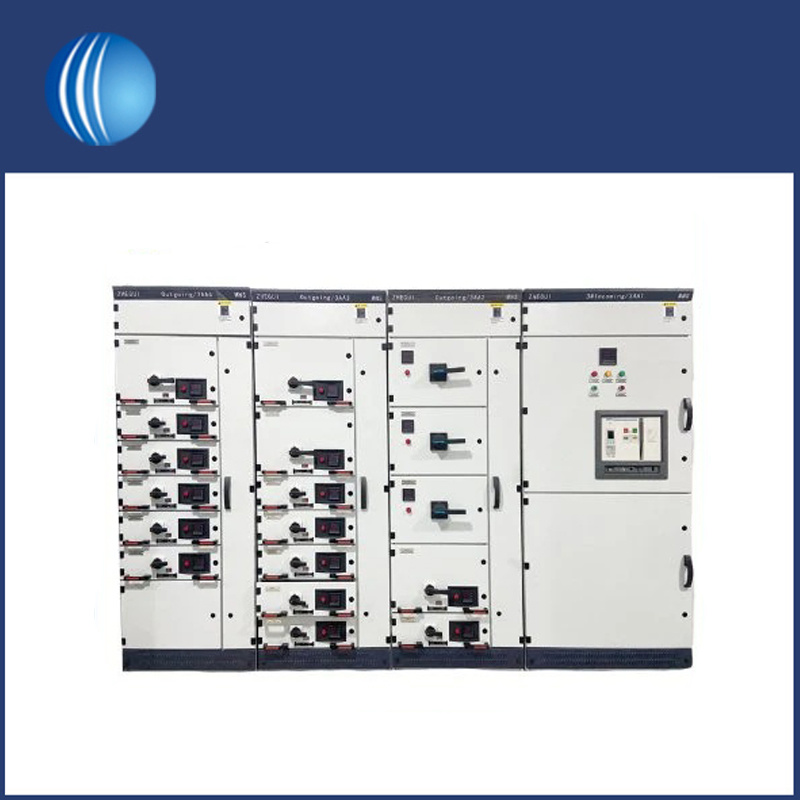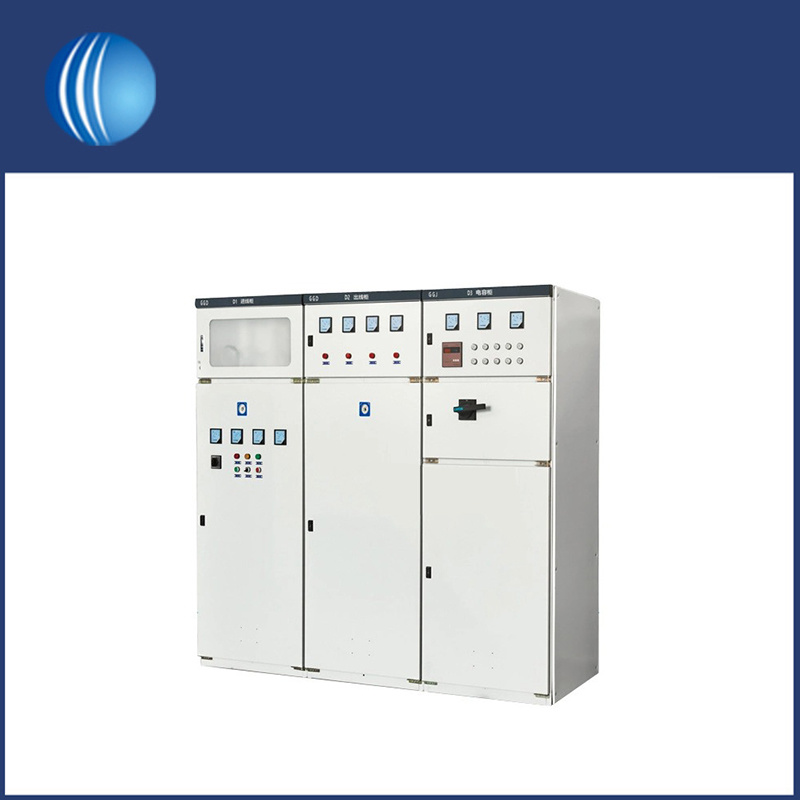
LV switchgear is designed to control, protect, and isolate electrical equipment operating at low voltage levels. Shouke® professional project management team is able to collaborate with clients to ensure timely delivery and controllable quality of projects.
LV switchgear is a crucial component in electrical systems, facilitating the safe and efficient distribution and control of low voltage energy. With its various components like switches, transformers, fuses, and circuit breakers, it plays a vital role in protecting equipment and ensuring the reliability of power supply.
The primary functions of LV switchgear include:
Control: Switchgear allows operators to control the flow of electricity, enabling them to connect or disconnect various parts of the system as needed. This control is essential for maintenance, repairs, and adjustments.
Protection: One of the most critical functions of switchgear is to safeguard the system from faults like short circuits or overloads. When a fault occurs, the LV switchgear detects it and isolates the faulty section, preventing further damage and ensuring the continuity of power to other parts of the system.
Isolation: Switchgear provides a means to isolate specific parts of the system for maintenance or repair work. This isolation enhances safety for maintenance personnel by minimizing exposure to live electrical components.
Segmentation: In larger systems, LV switchgear allows for segmentation, where different parts of the system can be controlled and managed independently. This is especially important for large industrial complexes or distribution networks.
Monitoring: Modern LV switchgear often includes monitoring and communication capabilities, providing real-time data about the system's performance, status, and any potential issues.
Load Management: Switchgear can help balance the load on the system by redirecting power from one part to another as needed. This is particularly useful in situations where power demand varies.

LV switchgear is classified into different types based on various factors, including insulation low, arc-quenching low, and application. Some common types of LV switchgear include:
Air-Insulated Switchgear (AIS): Uses air as the insulation low and is suitable for indoor installations or in locations where the environment allows.
Gas-Insulated Switchgear (GIS): Uses insulating gas like sulfur hexafluoride (SF6) to minimize the size of the LV switchgear and increase its efficiency. GIS is often used in compact spaces or areas prone to harsh weather conditions.
Metal-Enclosed Switchgear: Provides additional protection by enclosing the equipment in a metal casing, enhancing safety and preventing unauthorized access.
Ring Main Units (RMUs): Compact units often used in distribution networks to provide switching and protection functions for multiple outgoing feeders.
Pad-Mounted Switchgear: Installed outdoors, usually in pad-mounted transformers, for easier access and maintenance.
The operation of LV switchgear is guided by relevant standards, codes, and regulations to ensure safety and interoperability. These standards vary by region and may include IEC (International Electrotechnical Commission) standards, ANSI (American National Standards Institute) standards, and others specific to certain industries or applications.

In conclusion, LV switchgear is a fundamental component in electrical distribution systems, enabling efficient power flow, protection, and control. Its role in maintaining reliable energy distribution across various sectors makes it a critical aspect of modern infrastructure.
Shouke® focuses on continuous improvement and customer feedback. We regularly collect customer opinions and suggestions and incorporate them into the product design and manufacturing process. We continuously optimize production processes, improve product quality, and improve our after-sales service system to meet customer expectations and needs. Please contact us for the best product solution.
